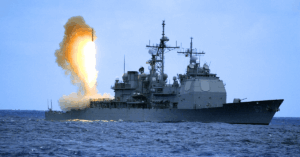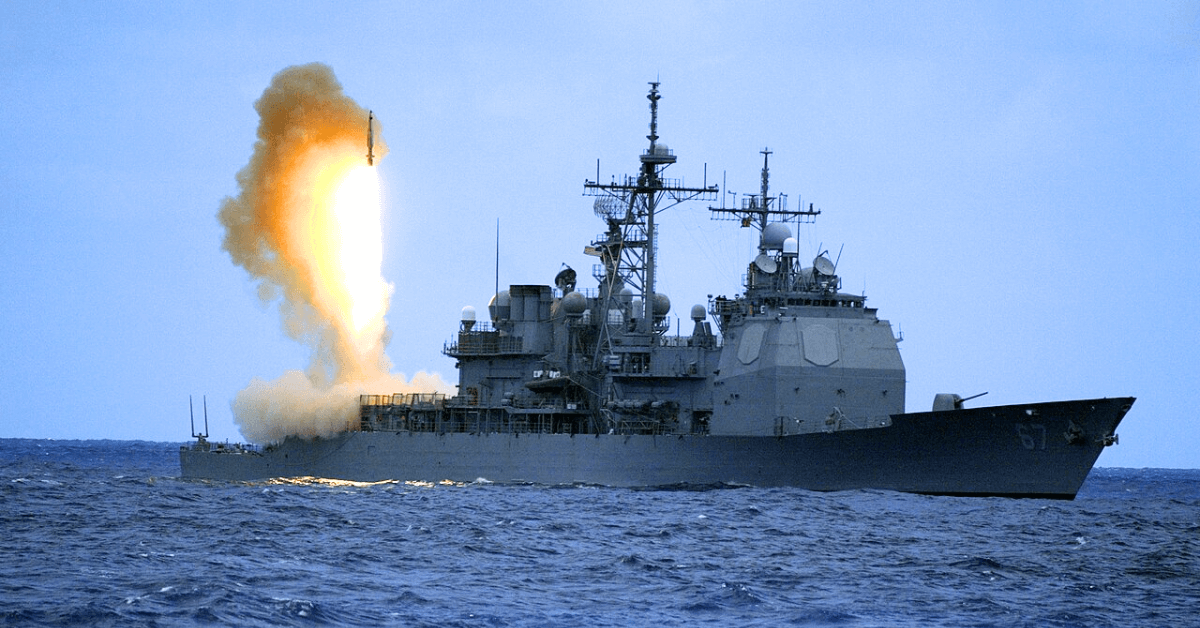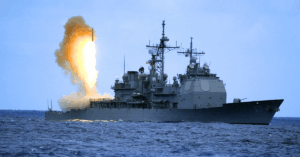
On Day Of The Seafarer, Maritime Community Launches ‘My Harassment-Free Ship’ Campaign
June 25, 2025
MSC Delays Fuel And Wreck Removal Of Sunken Cargo Ship Off Kerala Coast
June 25, 2025

US Navy warships have been using one of their most advanced missile defense systems, the Standard Missile-3 (SM-3), at a much faster rate than expected while defending Israel from Iranian missile attacks over the past year.
Admiral James Kilby, who is currently acting as the Chief of Naval Operations, informed US lawmakers on Tuesday that these interceptors are being used at an “alarming rate.” He made this statement during a Senate Appropriations Committee hearing, where Hawaii Senator Brian Schatz raised concerns about whether the Navy has enough of these interceptors to prepare for other possible threats around the world.
In response, Kilby explained that while the Navy does currently have enough of the SM-3 missiles, their usage rate is a cause for concern. He explained that the Missile Defense Agency initially procures these interceptors before handing them over to the Navy for operational deployment. He added that the Navy has been using them effectively in support of Israel.
The SM-3 interceptor is a powerful weapon designed to take down ballistic missiles in the middle phase of their flight, even when they are in space. It uses a “kinetic kill vehicle” that crashes into incoming missiles to destroy them without explosives. The missile is integrated into the Navy’s Aegis Combat System and is used aboard vessels like Arleigh Burke-class destroyers and Ticonderoga-class cruisers.
The SM-3 stands out from other Navy missile interceptors due to its ability to engage targets beyond Earth’s atmosphere. It comes in multiple versions, with the cost ranging from $10 million to nearly $30 million each. The missile is produced by US defense company RTX, and the newest variant is also developed in partnership with Japan’s Mitsubishi Heavy Industries.
The first time the Navy used the SM-3 in real combat was in April 2024. During that operation, US warships launched the missiles to defend Israel from a major Iranian assault involving drones and ballistic missiles. The weapons were fired again in October when Iran launched over 180 ballistic missiles at Israel during another wave of attacks.
According to a US official who spoke with Business Insider last week, Navy ships located in the eastern Mediterranean Sea used missile interceptors to protect Israel during the latest round of conflict with Iran. However, the official did not confirm the exact type of interceptors used or how many SM-3s were launched. It also remains unclear whether these interceptors successfully hit any Iranian missiles in the recent strikes.
Military analysts are concerned about the rate at which these valuable interceptors are being used in the Middle East, particularly when the US is also facing security concerns in the Pacific region. The Navy has previously said that more SM-3s would be needed in case of a high-end conflict with countries like China, which has a large number of ballistic missiles.
The fiscal year 2025 request had originally planned to reduce SM-3 Block IB missile production from about 150 to zero over the next five years. It also only included plans to build around 12 of the newer SM-3 Block IIA missiles each year during the same period.
However, Congress partially reversed those cuts in the final defense appropriations bill, approving extra funding to produce more SM-3s. In May, the Pentagon granted RTX a significant contract for the delivery of several SM-3 Block IB missiles. Additionally, efforts have been made to enhance the production of the more advanced SM-3 versions.
Reference: businessinsider
Source: Maritime Shipping News


